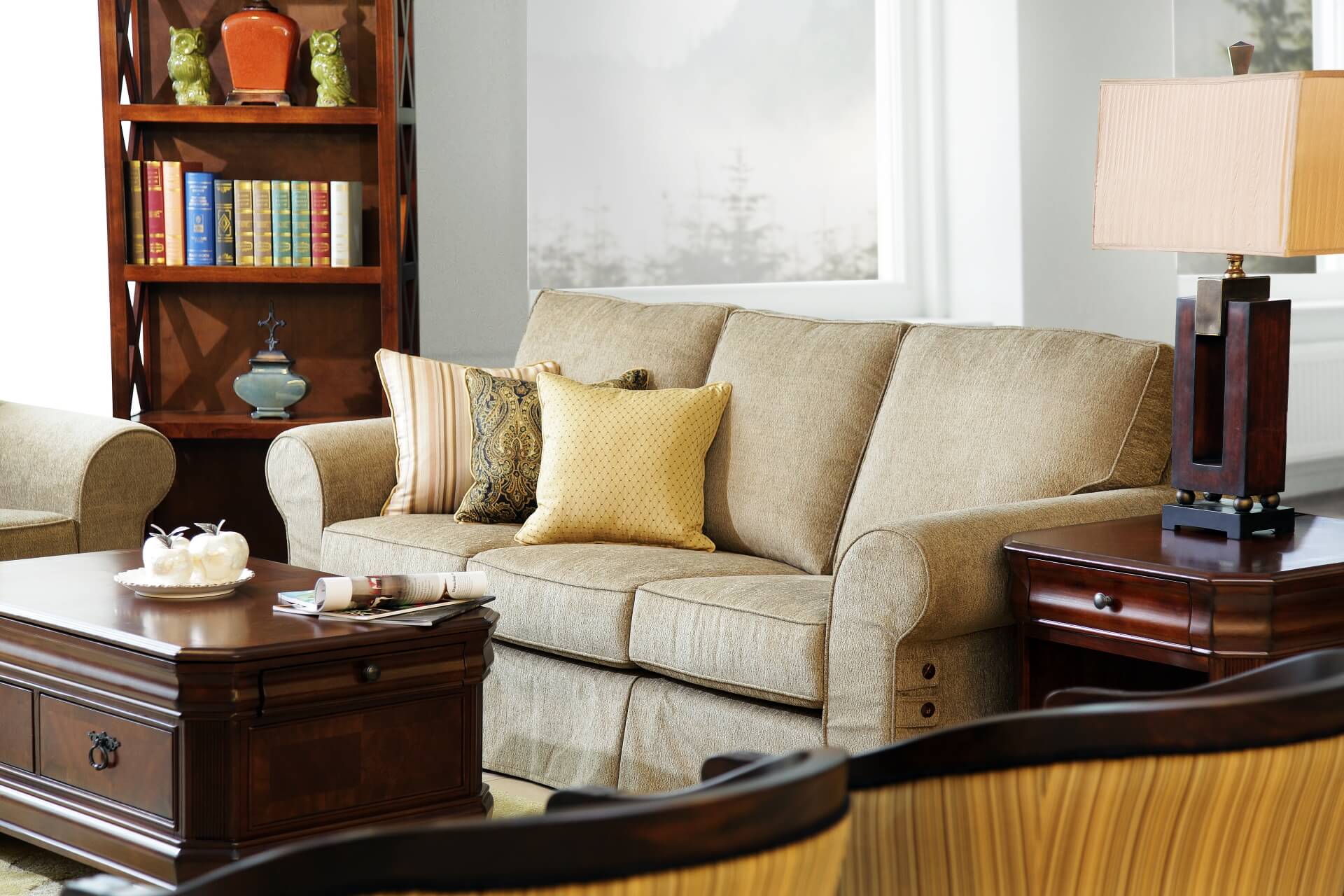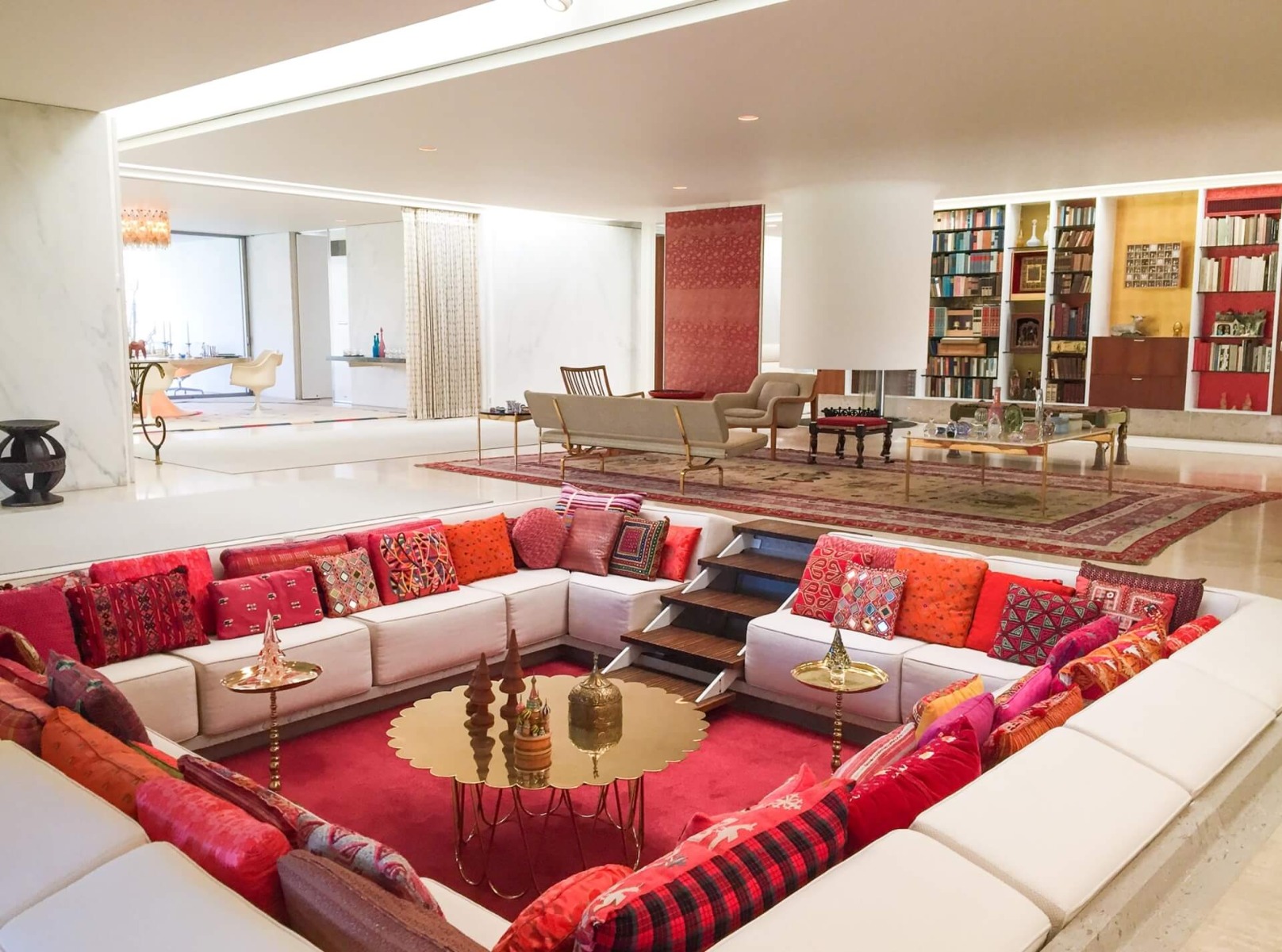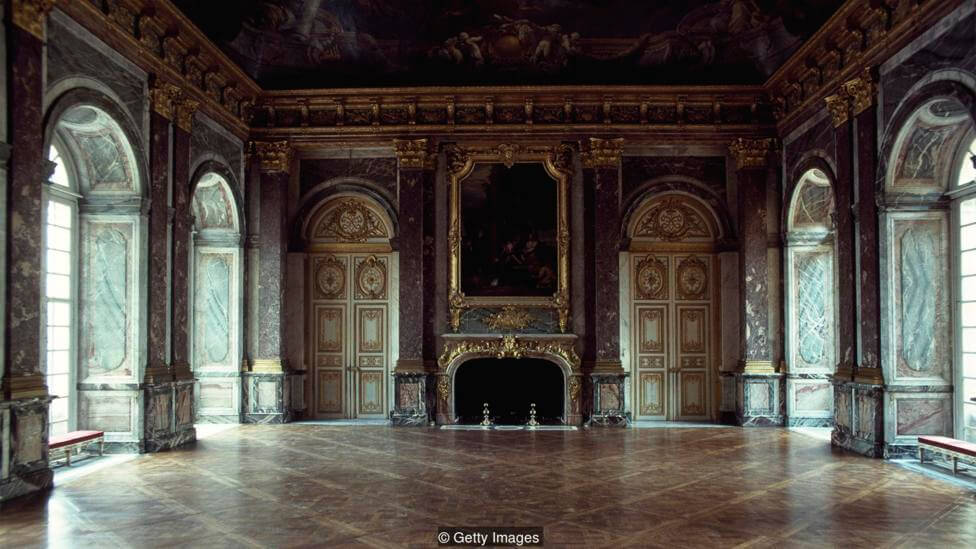A History of the Living Room

Why is a Living Room Called a Living Room?
Nowadays, every house that can be considered a house at all has at least a single essential feature: the living room. In Malaysia, living room design is often given more importance because we host guests in our homes all the time!
This is the function of the modern living room: to be used primarily as a room in the house for relaxing and socializing. But how did modern living room design came to have this function? Indeed, there are so many names of rooms in a house, and the living room is no exception. It has a long history, and it used to be known by different names, and as the lifestyles of our ancestors slowly changed to that of ourselves today, so did the living room evolve and change too.
In Western architecture, the living room used to be known under a battery of different names, each serving a slightly different purpose. The earliest form of the modern living room that we know today is the parlour room or “parlour”. Prior to the 19th Century, the parlour was defined as any number of different reception rooms and public spaces used particularly within large, formal homes across a series of separate historical periods. Derived from the Old French “parloir” or “parler”, which means “to speak”, the original usage of the parlour was as a place set aside particularly for conversing or debating with people.

Modern living rooms rarely keep the conversational function of its ancient ancestors anymore, unless designed with features like “sunken conversation pits”, made famous by Eero Saarinen and Alexander Girard in their designs for the Miller House in Indiana, U.S.
It is widely believed that the evolution of the parlour is a relatively new invention. For most of history, human beings lived in tight-knit family groups, which led to a similarly communal lifestyle. In interior design terms, this communal lifestyle manifested as large, family rooms where many people can come together, share and socialize. Back then, privacy was a very precious thing, it wasn’t something you had to demand or fight for. It was much worst: privacy was something you needed to afford. But as the 15th Century wore onward into the 16th, 17th, 18th and 19th Centuries, and as material prosperity continued to grow, homeowners increasingly assigned some rooms for exclusive private use, while yet other rooms for exclusive public use. And thus, alongside the first private rooms – the bedroom and the study room –, the first parlour rooms started appearing in domestic English homes.
Soon, parlour rooms became evidence of social status across Europe. It was tangible proof that one had graduated from living in one or two rooms, and had the prosperity to devote an entire room for nothing but the entertaining of guests. These early versions of the living room had a peculier function. At this point, the parlour began sharing some functional characteristics with the “front rooms” and “state rooms” of 16th and 17th Century Europe. The parlour became the stage upon which the private, behind-the-scenes life of middle class Europeans met with the larger, outer world. Thus, it was the best decorated room, often displaying the family’s best collection of furnishings, works of art and other status symbols. It was used for receptions around formal family occasions such as weddings, births and funerals. It effectively became the public “face” of a family.

The Salon d’Hercule, one of the many elaborate, majestic and extremely formal front rooms in the Palace of Versailles, built for the French absolutist monarch Louis XIV in the 1680s. Living rooms today are distant descendants of rooms like this.
The term “drawing room” was used interchangeably with “parlour”, although there were some significant differences in function. This was particularly true in the United Kingdom, where the term caught on. While the parlour was the “face” of the family, and the first room in which one would host guests, the “drawing room” was a term that originated from the 16th Century England’s “withdrawing room”. This was also a space to entertain visitors, with one main difference: a drawing room was like a quieter, smaller parlour, where the owner of the house or his wife could withdraw from a public setting into a more private setting with a distinguished guest. Of course, modern living rooms today have no longer any such function.
In the 20th Century, the first recognizable version of the modern living room emerged in the United States. In The Living Room of Tomorrow, sponsored by the Radio Corporation of America (RCA) at the New York World’s Fair of 1939, the idea that the modern living room would be the focus of new technologies like the radio and television became established successfully. Indeed, as we shall see later on, technology like the television has become a near-indispensable part of the modern living room.
In the history of the living room, there is one note of irony that deserves some attention. After World War I, when the terrible influenza epidemic killed more people than the war, the parlour actually became known as the “death room” – a stark contrast to its present name “living room”. As millions died from the disease, and without having the immediate means to bury bodies, while simultaneously wishing to take the time to mourn, unused parts of the house became a place for stacking bodies. The parlour became the natural room for it; no one was entertaining guests in this terrible time. Only after the influenza outbreak subsided did the term “living room” began to become promoted in the collective consciousness once again.
Nowadays, there are so many other names for living rooms. From the interchangeable “lounge room” and the simple “sitting room”, to the “family room”, “den”, “great room” and “recreation room”! So when you walk in your living room today, remember all this extensive living room history and appreciate this wonderful living space in each of our homes! If you’re looking for living room ideas, read our 10 Easy Tips to Picking your Living Room Sofa!

